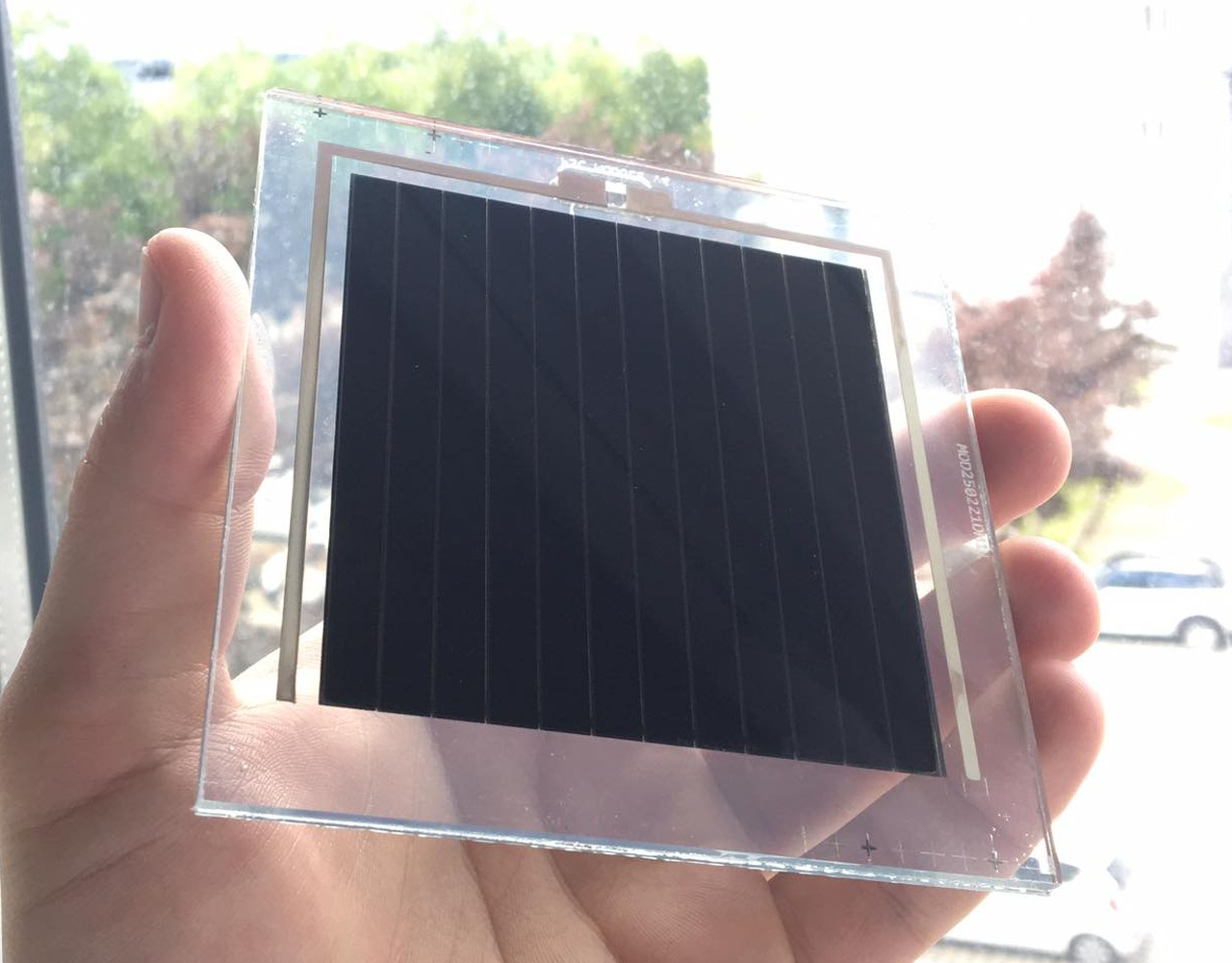Reverse-bias IEC test passed for the first time in printed perovskite cells and modules
One of the key challenges of perovskite photovoltaics (PV) is the long-term stability. Although efforts have been made to improve the lifetime of perovskite PV devices, their degradation under applied negative voltage (reverse-bias) has been barely addressed. A research team from the Fraunhofer Institute for Solar Energy Systems, NREL, Solaronix SA and the Materials Research Center of the University of Freiburg has now presented perovskite solar cells with carbon-based electrodes which demonstrate superior resilience against reverse-bias-induced degradation. The main degradation mechanisms are identified to be the iodine loss and excessive heating at voltages below -9 V. The modules successfully endured the hotspot test conditions specified in IEC 61215-2:2016 international standard at an accredited module testing laboratory.

In previous studies, a negative voltage applied to conventional perovskite solar cell stacks resulted in breakdown and irreversible destruction of the device. In this study, the international research team identified two main degradation mechanisms. The first is iodine loss due to hole tunneling into perovskite, which takes place even at low reverse-bias but decomposes the perovskite only after long time durations. Another factor is local heating at large reverse-bias leading to the formation of PbI2, which starts at shunts and then follows the path of the least resistance for the cell current, which is primarily influenced by the electrode sheet resistance.
Overcoming these mechanisms was made possible in particular by monolithic perovskite solar cells with very stable graphite electrodes developed in the project by Fraunhofer ISE and Solaronix. Carbon-based electrodes are not prone to melting at high temperature, neither to migration of (metal) ions from the electrode into the perovskite absorber, nor to electrode oxidation, which makes them an ideal candidate for improving the stability of perovskite solar cells.
This study presents for the first time published results of perovskite solar cells and modules which pass the IEC 61215-2:2016"hot spot" test requirements at an accredited “TestLab PV Modules” of Fraunhofer ISE." “Much has been achieved in recent years in terms of long-term stability of perovskites, but destruction under reverse stress has been an unsolved problem. We are very pleased that we have been able to overcome this problem”, says Dmitry Bogachuk, Fraunhofer ISE. “Passing this test confirms the superior stability of perovskite PV devices with carbon-based electrodes and highlights their large industrialization potential. This is an important step for the commercialization of perovskite PV”, adds David Martineau, Solaronix SA.
The findings have been published in the paper “Perovskite Photovoltaic Devices with Carbon-Based Electrodes Withstanding Reverse-Bias Voltages Up to -9V and Surpassing IEC 61215:2016 International Standard” in SolarRRL.
Last modified: